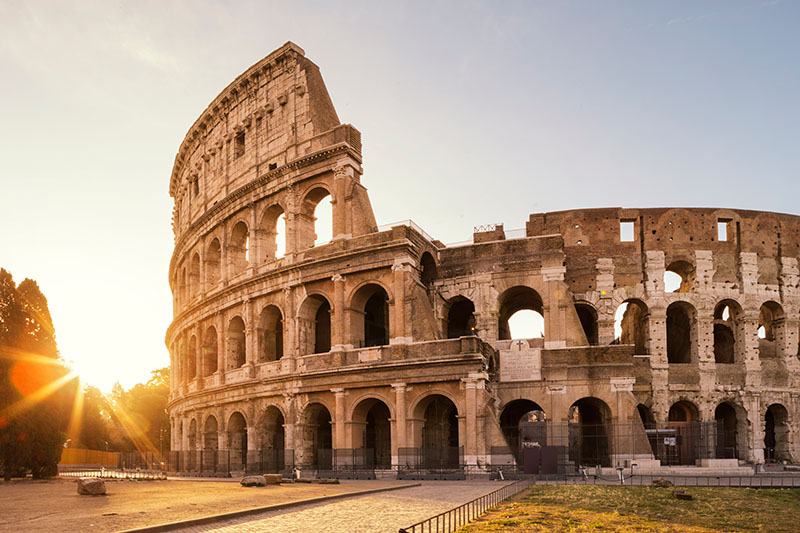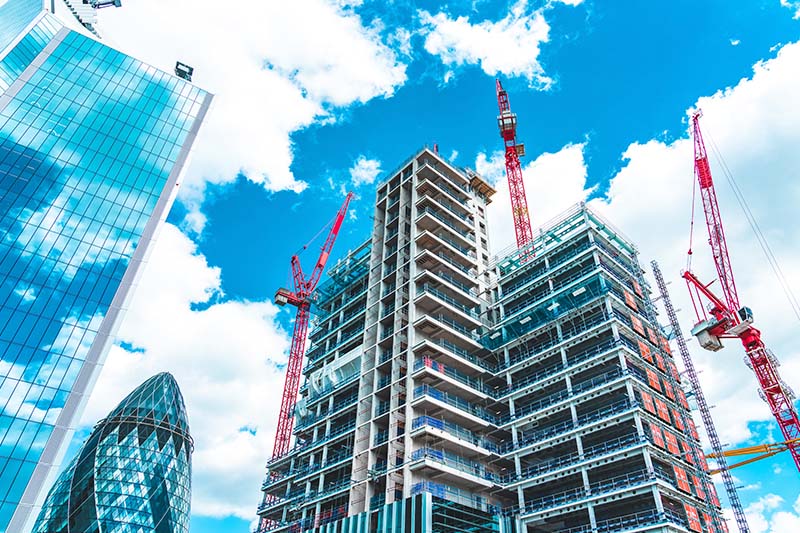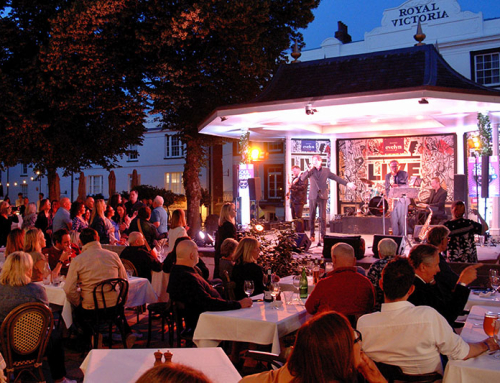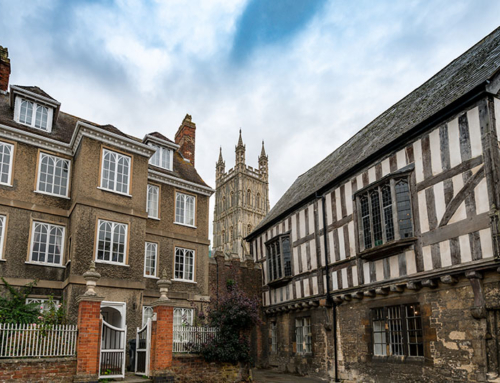Architects, engineers and builders face the challenge of designing and constructing homes, offices and schools that not only meet present needs but also endure for generations to come.
In this week’s blog, we’re exploring the longevity of contemporary buildings and evaluating the lessons we can glean from both historical and modern-day practices.
Lessons from history
Looking at the remnants of ancient civilizations like the Romans, we find many examples of architectural resilience. Their innovative use of materials such as concrete and marble has left an enduring legacy. Roman concrete in particular – formulated from volcanic ash, lime and aggregate – remains incredibly durable centuries later. This contrasts modern-day construction techniques, that rely heavily on materials like steel and glass – raising concerns about long-term sustainability.

Types of contemporary structures
In the present day, deciphering the best materials to construct a building depends on the intended style and function. Whether you’re building a family home, office or skyscraper, structures generally fall into two types: conventional and modernist.
Conventional buildings
Conventional buildings are commonly homes and offices – these are constructed from tried-and-tested materials like brick, stone and metals. Brick, renowned for its weather resistance and thermal properties, boasts a lifespan exceeding a century. Similarly, stone structures can endure for several hundred years, though cost considerations have seen them supplanted by cheaper alternatives in many buildings. Metals like iron offer robustness, with well-maintained buildings lasting over a century.
Modernist buildings
Since the advent of Modernism in the early 20th century, architects have embraced innovative materials and designs. Modernist buildings, characterised by sleek lines and minimalist aesthetics, showcase a blend of creativity and functionality. Yet, their reliance on materials like concrete, glass and steel presents unique challenges.
Concrete, a cornerstone of modern construction, typically endures for 50 to 100 years with proper maintenance. Glass, noted for its versatility, boasts a similar lifespan but requires meticulous craftsmanship to withstand environmental stresses. Steel, the backbone of many modernist structures, should last more than 50 years with the right construction and care.

Targetfollow
In the ever-evolving landscape of architecture, the durability of contemporary buildings hinges on conscientious design, construction and conservation practices. While modern structures may face unique challenges compared to their historic counterparts – they possess the potential for enduring longevity when built with care and foresight.
At Targetfollow, we’re committed to building a future where modern architecture stands strong, resilient, and timeless. For more information on our 2024 projects, follow us on Facebook, X and LinkedIn.





